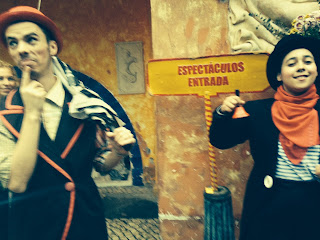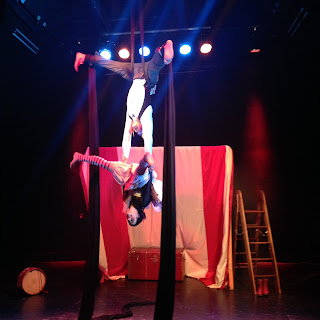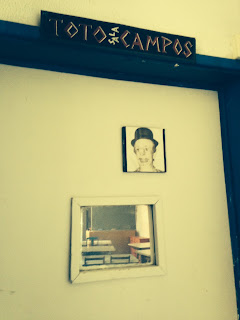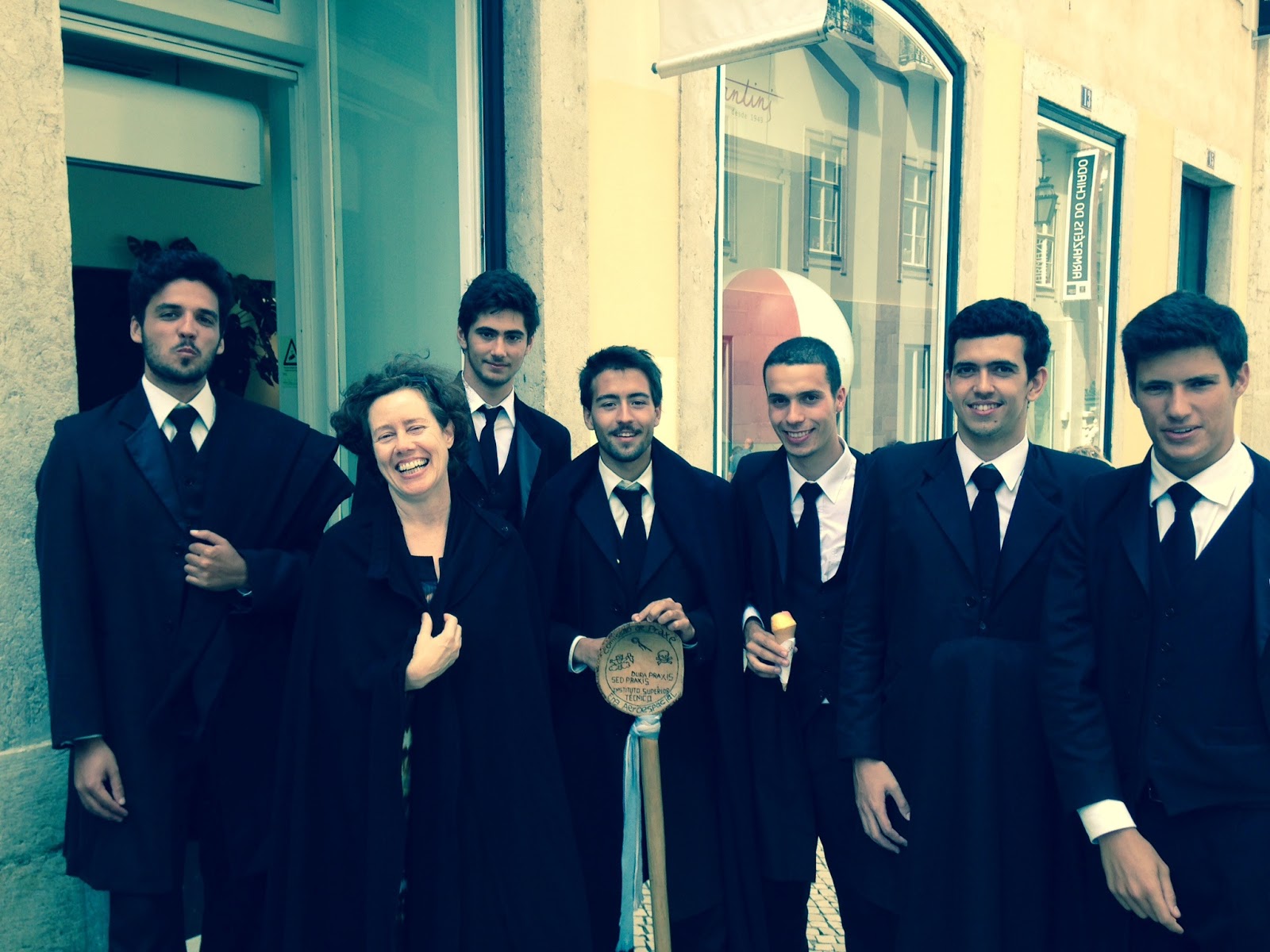So sorry I haven't posted for a while...life has been busy because of school and lots of social activities. Lucky me for meeting such good people in Portugal ! Today I'm going to write about my fascination with the Portuguese university students in capes. What is this all about and...what's the connection with Harry Potter ?
The second week of our Portuguese class was the first week for the regular university students and all these people started showing up every day dressed in black and white and wearing these dramatic capes.


In Portugal, there is a very old tradition at universities called "praxe" (prash) where second, third, and fourth-year students (the ones wearing the capes) initiate new or freshman students. It's similar to American "fraternities" (for males) and "sororities" (for females) and how they initiate or accept new members. Except in Portugal, males and females are not in different groups. And, usually, the groups are organized according to their major (engineering, medicine, etc.) . The main reason why they do this ? I guess to help students form social connections and make friends. Not every student who wears the cape or suit ("batina" or "traje") does praxe....I think. I had to ask a lot of questions to try and understand what this is about ...if you know about this and want to comment or correct any of my info here, I'd love that !
Here is some info about praxe:
http://en.m.wikipedia.org/wiki/Praxe
http://adianetcorrea.hubpages.com/hub/How-Portuguese-Students-of-ISCTE-Initiate-Their-Freshmen-Into-the-New-Academic-Year
So, it has been very interesting to see these students because of how they dress and the noisy activities that go on.....suddenly we will be in class and we will hear a group of students marching around and chanting or playing instruments or doing something else that is a little crazy and disruptive. As an outsider to this culture, I'm pretty fascinated by it. I asked a few students if I could take some photos - they have a practice of collecting emblems or patches which they sew into the inside of their capes. I hear that the emblems reflect where they are from, their city, their parents' city, a favorite football team or other things that identify their interests. Here are some photos that show the patches:



Someone told me, I think my friend Maria, that JK Rowling, the woman who wrote the Harry Potter books, lived in Porto, Portugal and based Harry's costume partly on what Portuguese university students wear. Whenever I tell the Portuguese students here that, their eyes light up and they get excited because most of them are not aware of that.
Anyway, I know that "praxe" is an old tradition that today, people have mixed feelings about. Often the rituals that students do for praxe involve humiliating or embarrassing the new students being initiated. It can be very innocent, like painting someone's face to show something or it can involve something much more harmful. Some students support it and some students don't. Last year, six students died while doing praxe. They were at a beach and were probably drunk and were supposed to answer questions while standing in the waves, and if they didn't answer correctly, they were told to
take a step back, deeper into the water. This case or story is in the news now because there is a court case and trial with those involved, I think. So, I was walking in my neighborhood last week and saw a group of students and...took some more photos...and they told me that three people had passed by them and screamed at them that they are murderers. They seemed like pretty nice and harmless guys to me and offered to have their photo taken with me in it !
Suddenly while I was talking to these guys, a group of "caloiros" or new freshman being initiated appeared in the middle of the street and started a call and response chant with their leader. They are holding a flag that shows their school and major.
Finally, there is some graffiti on the wall at school that caught my attention because of the word "autoclismo", which I had learned as the word for the thing you push to flush the toilet. (We were studying rooms of the house and furniture .) So, I'll end by posting that photo, which basically says that the practice of praxe should be flushed down the toilet. I don't know and I'm not taking sides. What do you think ?



















































